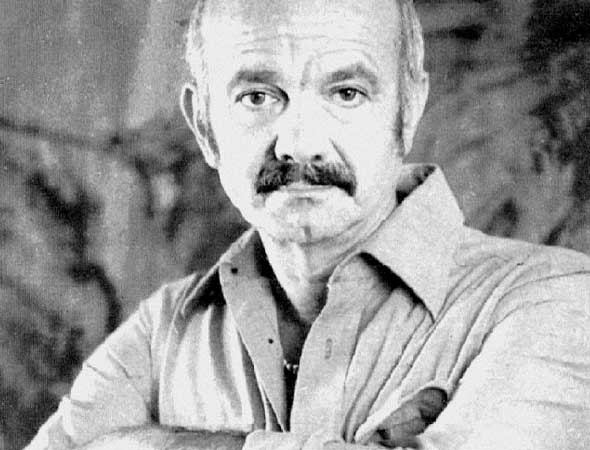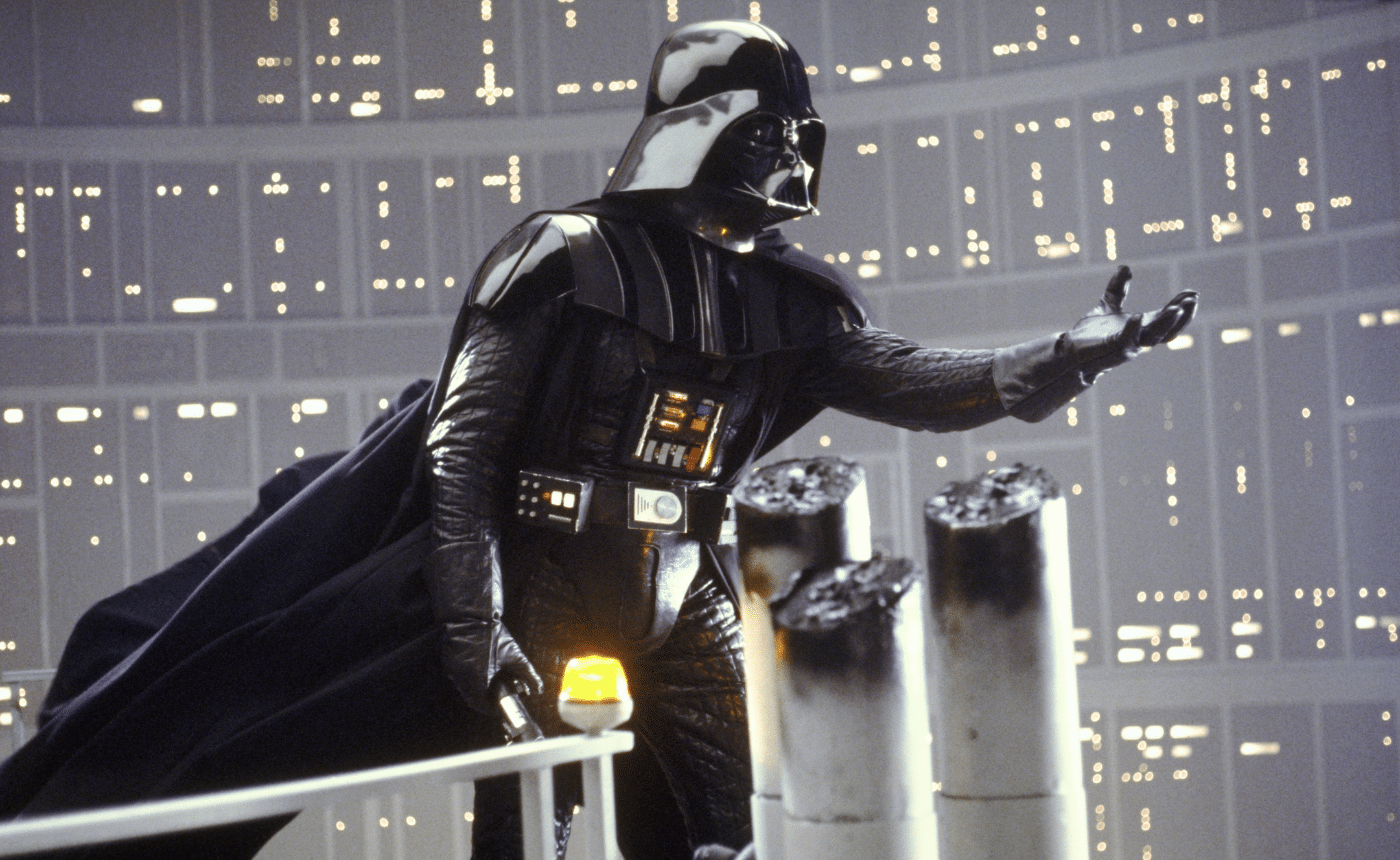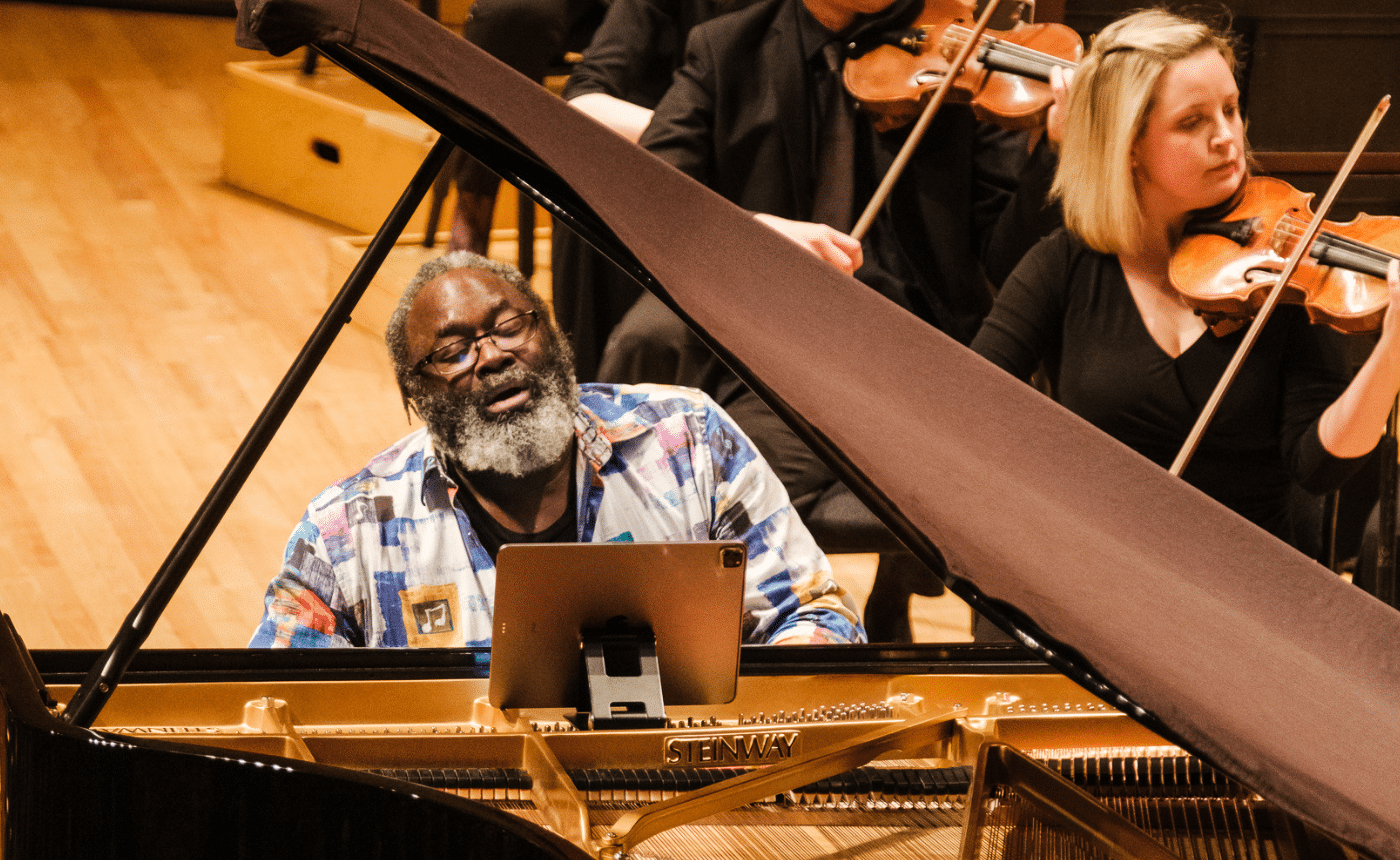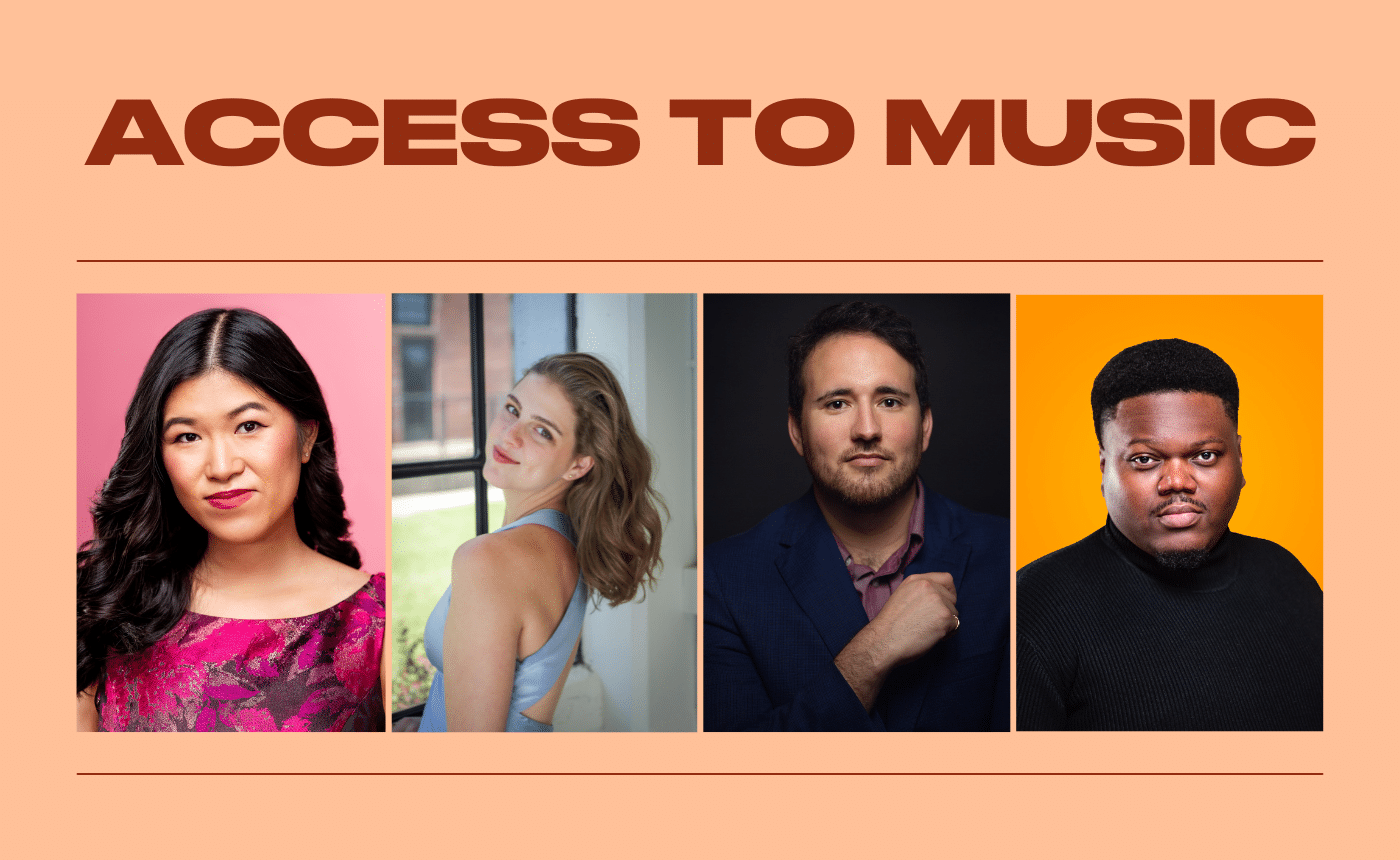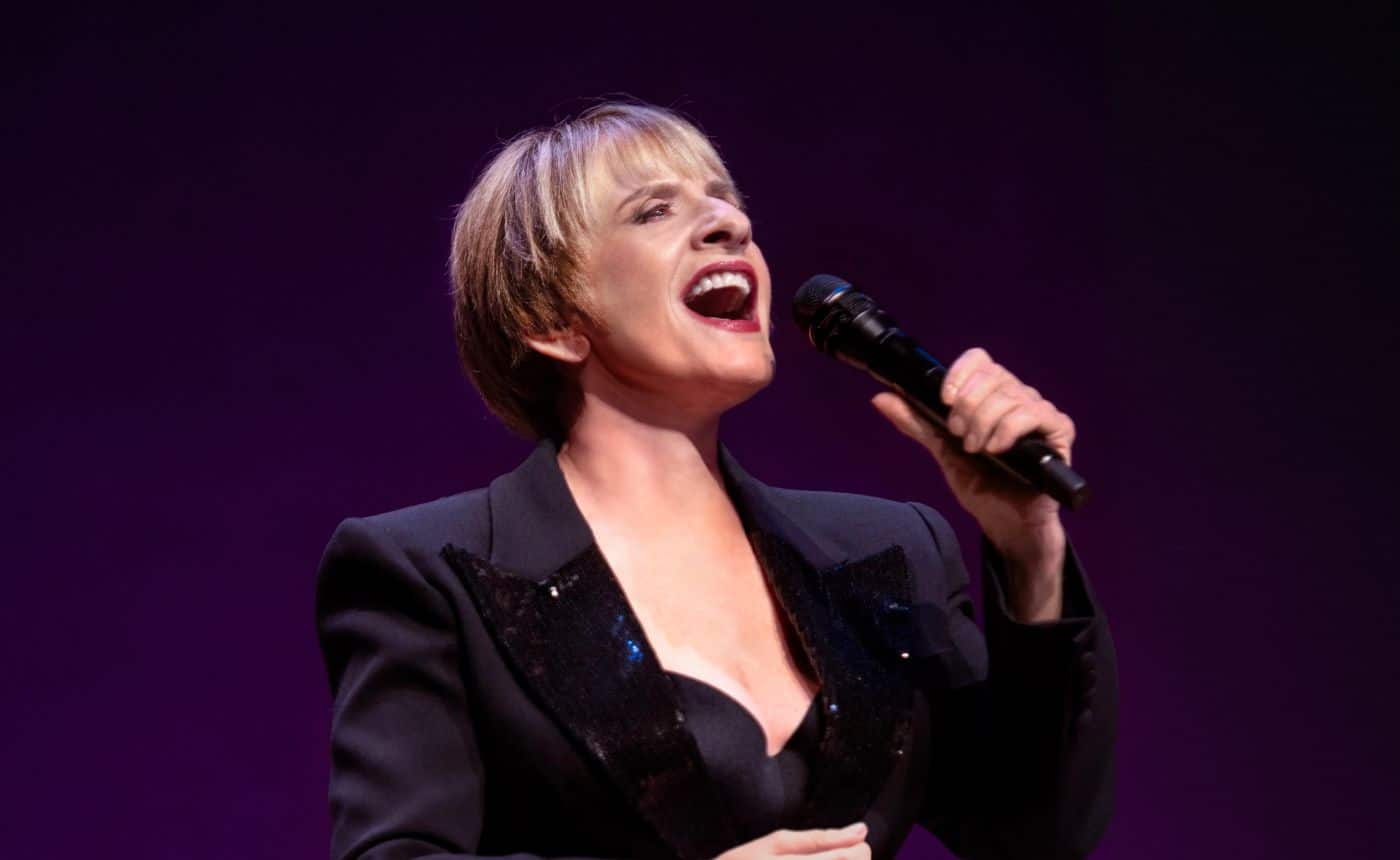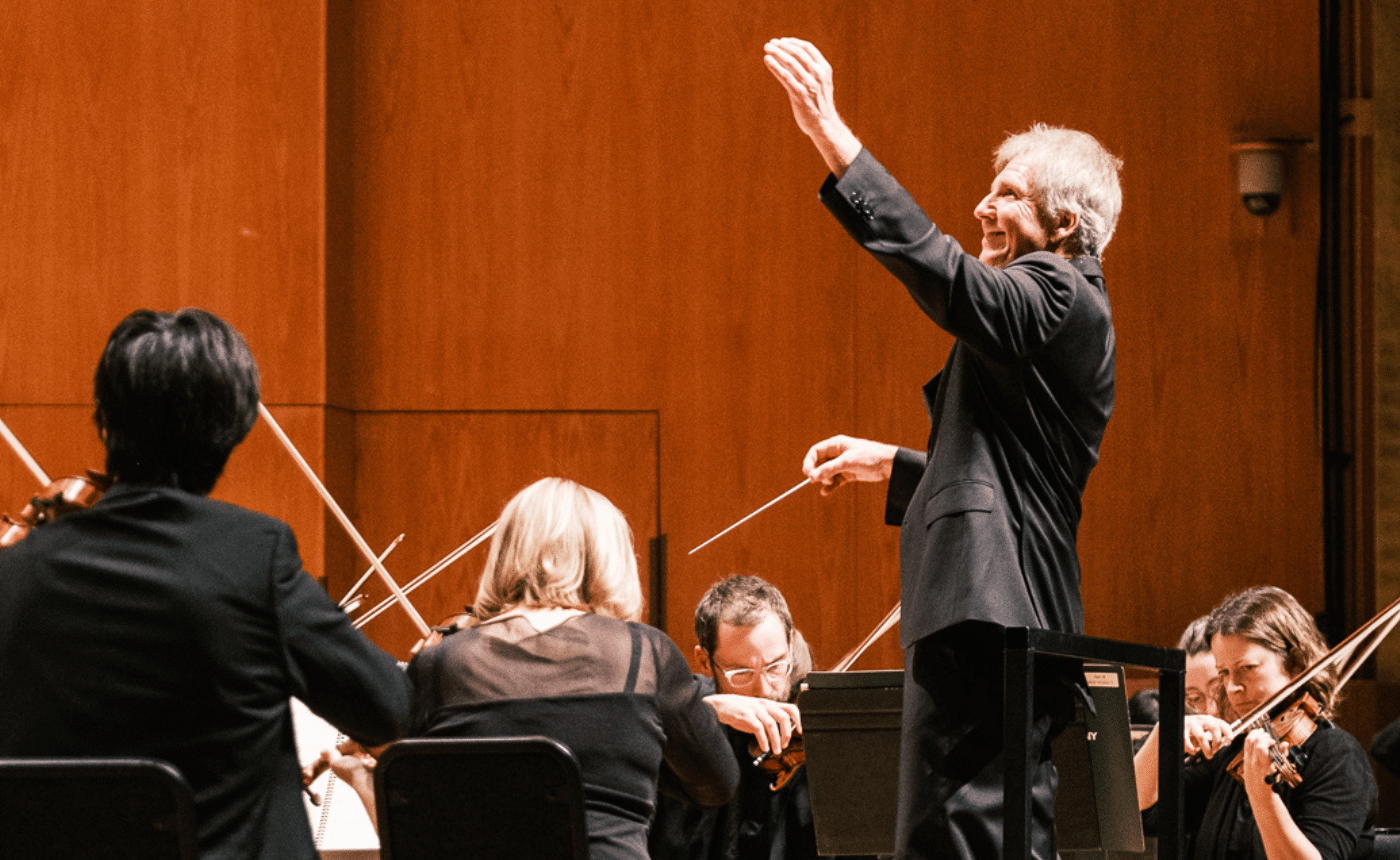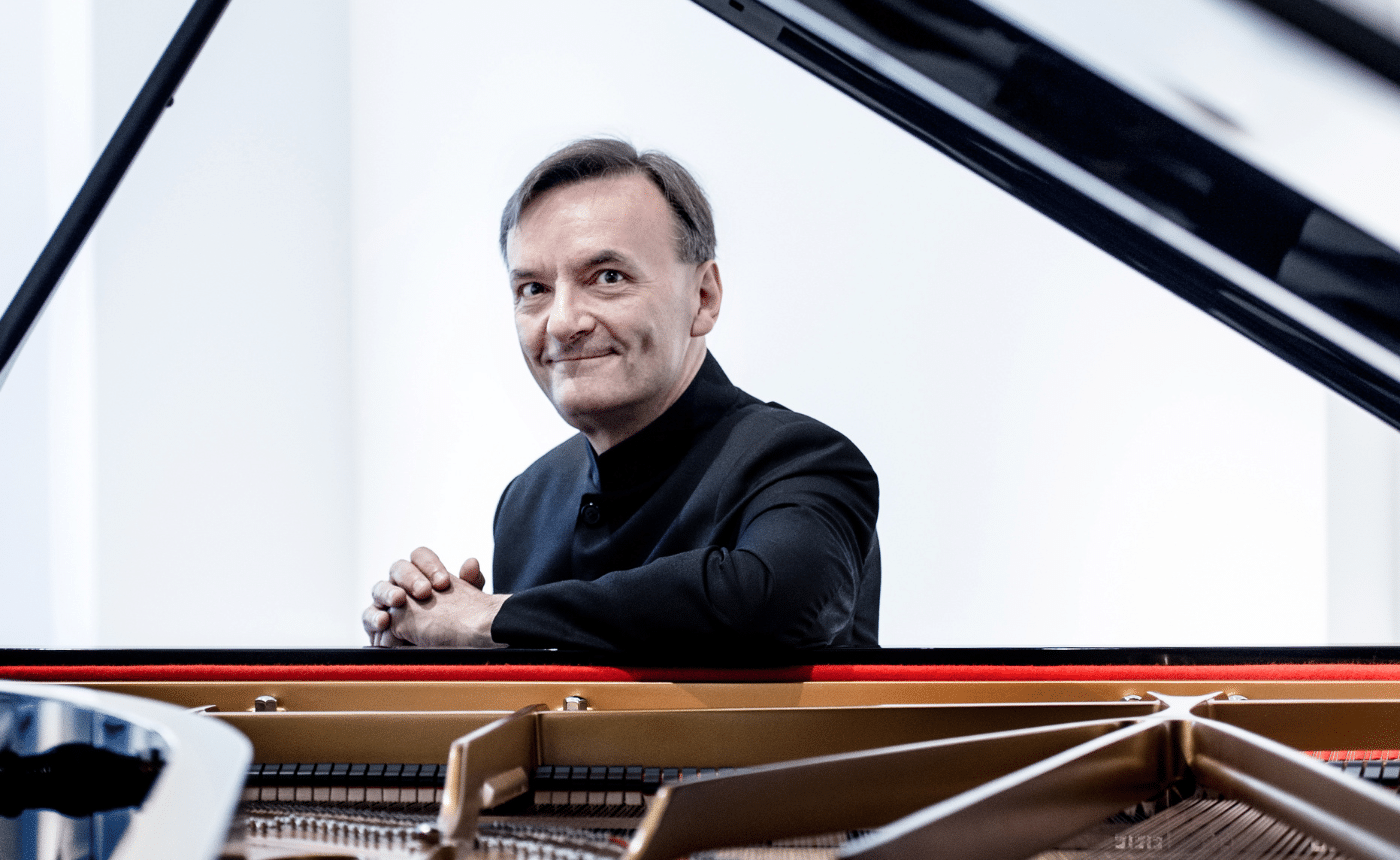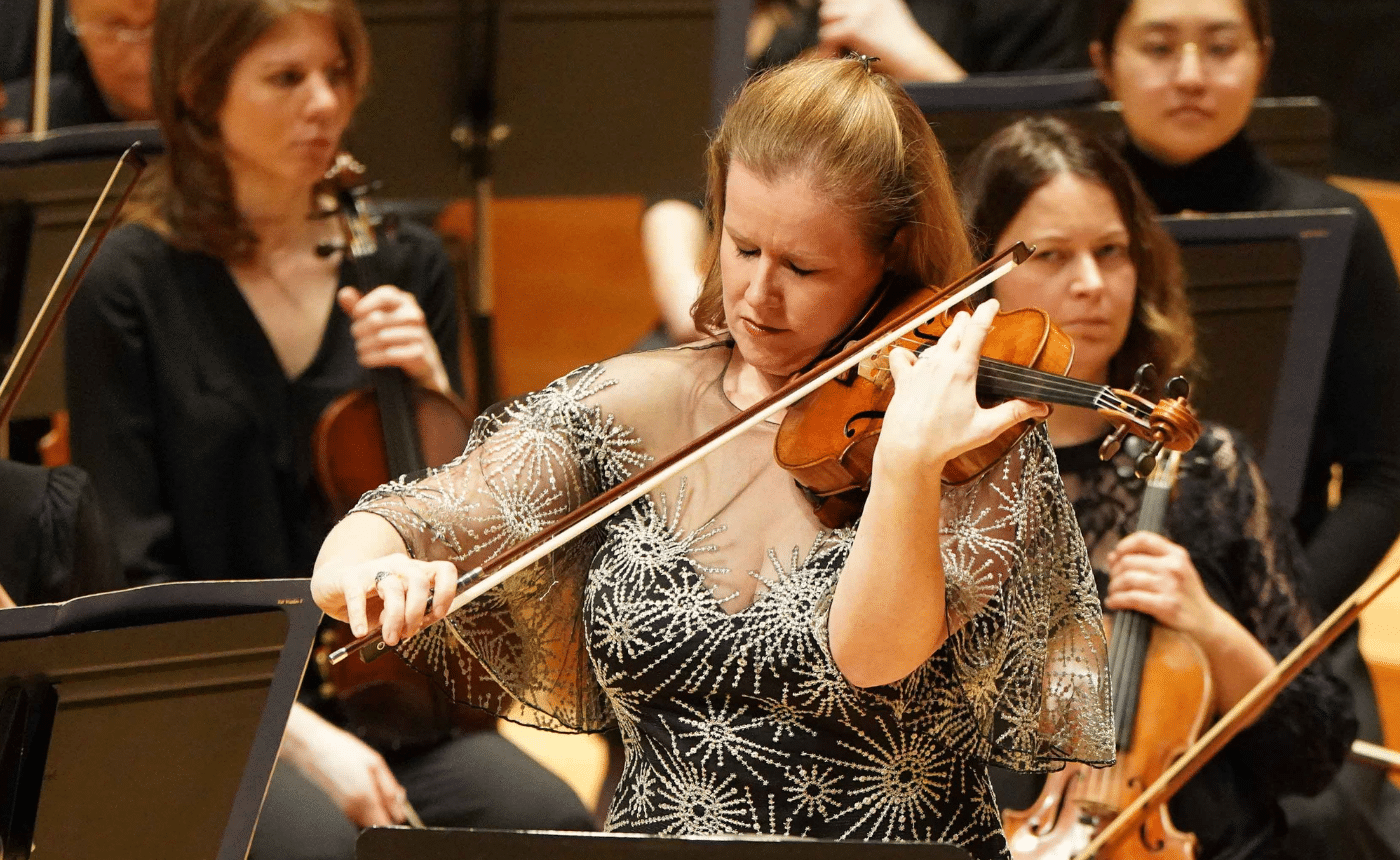PIAZZOLLA: Oblivion and Libertango
by Jeff Counts
Piazzolla spent the early 1970s in an experimental chamber music ensemble called “Conjunto Electronico.” He objected to the eventual classification of his Argentinian/European collective as a jazz-rock band. He described the music of Conjunto Electronico as “…my music, it had more to do with tango than with rock.” Most things did. Piazzolla revolutionized the Tango form during his interesting and varied career and became one of the foremost proponents of the Tango Nuevo movement of the late 1950s. Before this could happen, however, Piazzolla would need to be convinced that he was meant for it. His love of Bach, Bartok and Stravinsky and his period of study with Nadia Boulanger in Paris spoke to his desire for distance from his beginnings as a bandoneon virtuoso. He was in search of a new path as a purely classical composer but Boulanger, after hearing him play one of his tangos, steered him back to his real calling when she told him: “Astor, your classical pieces are well written, but the true Piazzolla is here, never leave it behind.” Oblivion, from 1982, remains one of Piazolla’s most popular tangos. Part of this fame is owed to Oblivion’s inclusion into the soundtrack of the 1984 film Henry IV, the Mad King. It evokes a sense of melancholy that writer Tim Sestrick once called a “whispered sorrow”. The earlier Libertango (loosely “Liberty Tango”) of 1974 embodies the break from the old traditions and the creation of the new tango school (mentioned above) that defined the rest of Piazzolla’s composing life. Libertango has been recorded hundreds of times in various instrumental guises and has been incorporated into numerous advertisements and, like Oblivion, even a few movie soundtracks.
